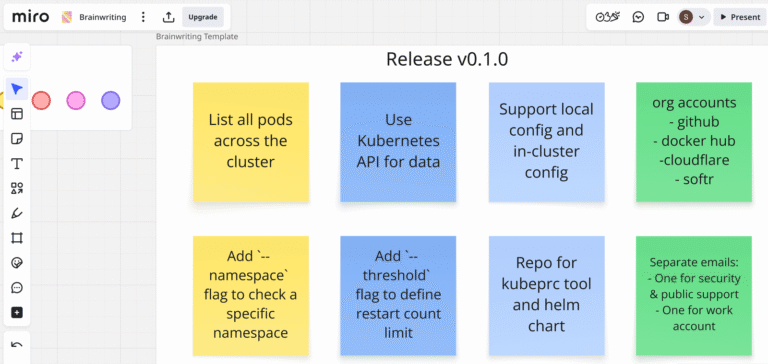
Introduction
In an era dominated by digital innovation, Artificial Intelligence (AI) assistants have emerged as pivotal elements in revolutionizing the way we interact with technology. From simplifying daily tasks to providing complex business solutions, AI assistants have become indispensable. Amidst this technological revolution, Ubuntu, known for its robustness and developer-friendly environment, stands out as a premier platform for developing these futuristic assistants. This article delves into the intricacies of designing and implementing virtual personal assistants using Ubuntu’s rich ecosystem, offering a guide for developers and enthusiasts alike.
Understanding the Basics of AI Assistants
At their core, AI assistants are sophisticated software agents that can perform tasks or services for an individual based on commands or questions. The journey from simple scripted bots to advanced AI assistants capable of understanding natural language and learning from interactions reflects a significant evolution. In the contemporary digital landscape, these assistants are not just conveniences but essential tools that enhance productivity and accessibility.
Why Ubuntu for AI Assistant Development?
Ubuntu’s appeal lies in its open-source nature, providing a treasure trove of resources and a supportive community for developers. Its compatibility with leading AI and machine learning libraries, such as TensorFlow and PyTorch, alongside its stability and security features, makes Ubuntu an ideal choice for AI development. Furthermore, Ubuntu’s flexibility across desktop, server, and cloud environments ensures that developers can build and deploy AI assistants with ease and efficiency.
Designing an AI Assistant on Ubuntu
Identifying Purpose and Functionalities
The first step in creating an AI assistant is to clearly define its purpose. Whether it’s managing schedules, assisting with web development tasks, or providing customer support, understanding the assistant’s core functions is crucial. This clarity guides the design process, from the choice of technologies to the interaction models.
Design Considerations
A user-centric design is key to developing an effective AI assistant. This involves creating intuitive interaction flows and considering how the assistant will understand and respond to user inputs. The design should prioritize natural language understanding to cater to a wide range of queries and commands.


